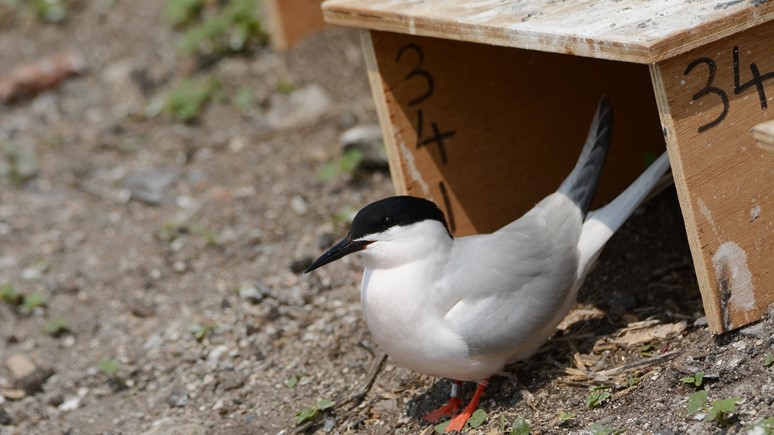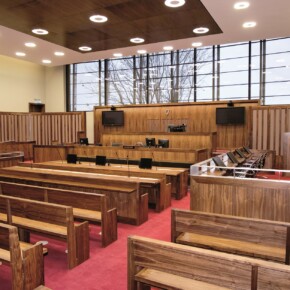Roseate Terns thriving on Rockabill thanks to nesting boxes initiative
Gary Ibbotson 01 Sep 2022
An initiative launched by BirdWatch Ireland on Rockabill island in 1989 has greatly helped Europe’s largest colony of Roseate Terns, a new study shows.
Rockabill, which is located six kilometres off the coast of Skerries, is home to 85 percent of the European population of Roseate Terns and the number of breeding pairs is now 10 times what it was around 30 years ago.
In 1989, BirdWatch Ireland began placing hundreds of wooden nesting boxes on the island to provide a safe space for the bird to nest.
The organisation has kept up the practice every year since and now says that the colony is thriving.
Scientists had hoped that the boxes would provide additional shelter, but by analysing 15 years of data comparing the impact of traditional open nests with nests in the boxes, they found their strategy was having an even bigger positive effect.
Dr O’Connell, who conducted data analyses during his PhD in Trinity’s School of Natural Sciences and is now a Research Fellow at University College Dublin, said: “These sorts of follow-up analyses are really important as they look into how successful any conservation actions have been and let scientists know whether they are putting effort into the right areas.
“It is fantastic to have found that over three decades of a hard manual slog by BirdWatch Ireland wardens – during which time they put out hundreds of nest boxes on the island each year – was more than worth it.
“What seems like a simple conservation strategy is proving to be very effective by having a really positive impact on Roseate Tern breeding,” he said.
Dr O’Connell says that the nesting boxes have helped the terns have more success in raising their young, while more eggs have also hatched.
The boxes also helped chicks survive and fledge into juveniles while some have gone on to boost other important colonies in Wexford and England.
This suggests the nest boxes help protect the terns from bad weather, predators and even from disputes with neighbours.
Roseate Terns nest on the ground, but unlike other tern species, Roseate Terns nest in sheltered areas, usually under vegetation or in rocky crevices, in order to be protected from poor weather or predators.
Brian Burke, Scientific Officer with BirdWatch Ireland and another co-author of the journal article, was a Rockabill warden for three years.
He said the birds were in decline across the Irish and UK coasts in the 1980s, so a project was set up on Rockabill where the biggest colony was.
Speaking on RTÉ’s Morning Ireland last week, Burke said that when the lighthouse on the island was automated and the lighthouse keepers moved off the island, BirdWatch Ireland collaborated with the National Parks and Wildlife Service to place wardens there during the summer months to deploy the nesting boxes.
The initiative has been so successful that there are now 1,700 pairs of Roseate Terns on the island, roughly 85 percent of the European population.
“So without Rockabill, there probably wouldn’t be any Roseate Terns in Europe,” Burke says.
“It’s a long-term conservation project and when things are funded in the long term, it gives it the chance to try things and some things don’t work and some things do work,” he said.
“And when they do work, you know the payoff is absolutely huge”.











